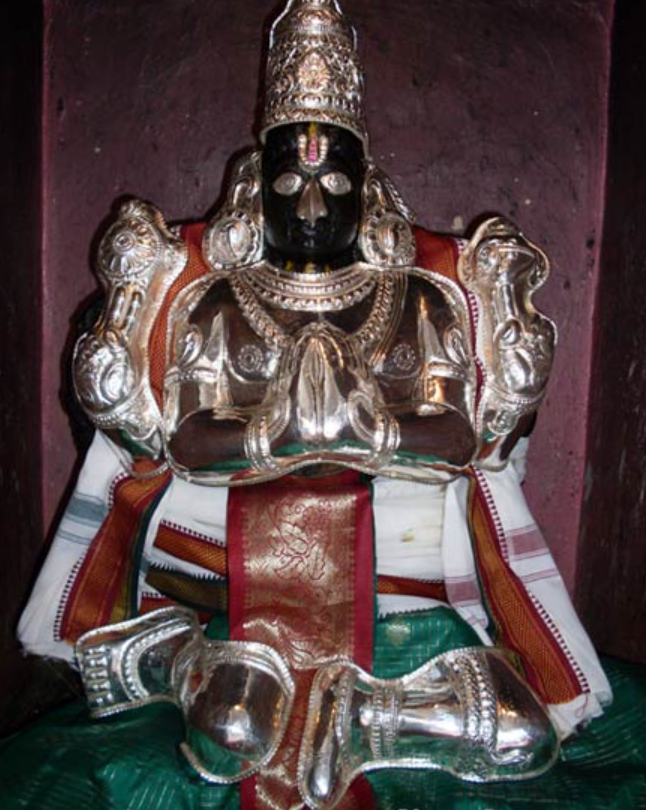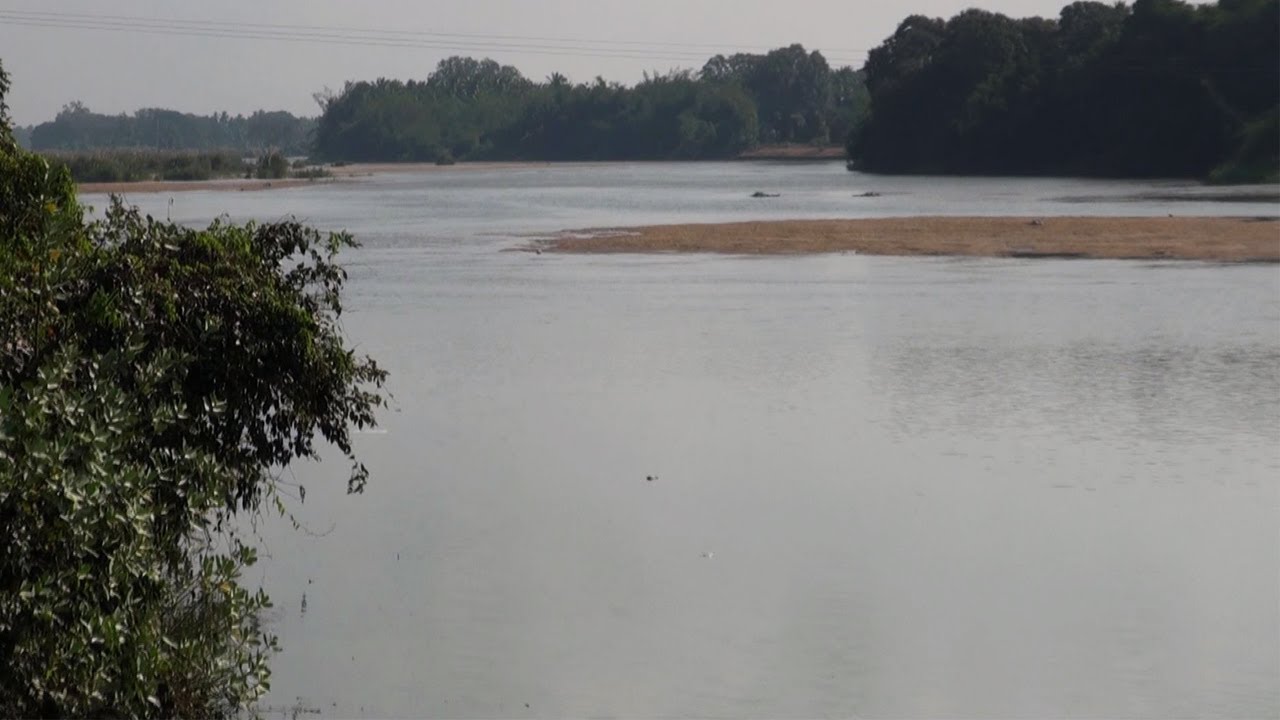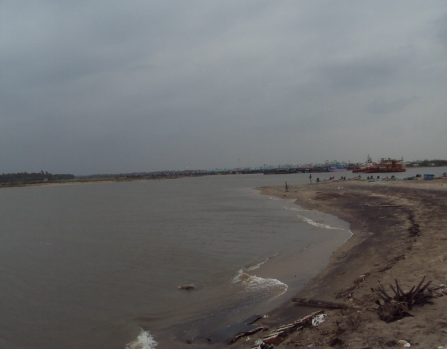- Sri Kola Valvilli Ramar Perumal Temple Temple is a Hindu temple dedicated to Lord Vishnu located 19 km away from Kumbakonam.
- It is 17th divya desam which comes under one of the 108 Divyadesam dedicated to Vishnu, who is worshipped as Kola Valvill Ramar and his consort Lakshmi as Maragathavalli.
- Worshipping here is considered equivalent to worshipping all the 108 divya desams.
- Sri Kola Valvilli Ramar Perumal Temple is considered Vaishnava Sukra Kshetra as Vishnu showed up as a wonderful divinity.
- The spot determined its name Thiruvelliyangudi consequently and the directing god is likewise alluded to as Velliyan.
- It is believed that Vishnu showed up in Kalyana Kolam (marriage stance) to Parasarar, Markendeyar, Mayan, Brahma, Sukran and Bhudevi.
- Just to ease Vishnu, Garuda , the hawk vahana of Vishnu, gave the conch and wheel of Vishnu a rising stance.
PURANIC SIGNIFICANCE 1:
- According to the legends, this place had remained sacred from ancient times and was called in Krita Yuga as Brahma Putram, in Treta Yuga as Parasaram, in Dwapara Yuga as Sainthiranagaram, and in Kali Yuga, as Bhargava Puram.
- This temple is associated with the Vamana Avatar of Lord Vishnu.
- Sage Shukracharya, the Guru of the Asuras, was against king Mahabali donating the land to Vamana, as requested by Vamana, for Sukrachariyar understood that the young Vamana was none other than Lord Vishnu himself, who has come in disguise. But unable to stop his king from proceeding with his charity, Sukrachariyar took the form of a bee and tried to shut the water passage of the jug, so as to stop the king from pouring water into the youngster's hands and solemnising the donation.
- Having understood the trick that Sukrachariyar was playing, Vishnu took a blade of grass, inserted it into the water passage, and used it as a spear to clear it.
- As a result, the water flowed freely, and the donation was made successfully.
- But this act also blinded one of the eyes of Sukrachariyar, who assumed the form of a bee.
- Thus, having lost the vision in one eye, Sukrachariyar did penance, worshipped the Lord in this temple, and got his sight back.
- The luminescence from his eyes is still kept burning in this temple, as Nethra Deepam, it is claimed.
- As Shukra, known as Velli in Tamil, obtained the grace of the Lord here, this place has come to be called as Velliyangudi.
PURANIC SIGNIFICANCE 2:

- There is also a different story prompting Shukra to choose this place for his penance.
- Viswakarma, the celestial sculptor built a temple for Perumal.
- Seeing the beauty of the temple, Mayan, also a skilled sculptor but belonging to the demon community, felt that he could not do one for Perumal like this.
- He approached Lord Brahma to help him who suggested that he should perform penance on Lord Perumal in this place.
- Mayan performed penance here.
- Perumal granted him darshan but Mayan wished the Ramavatara darshan.
- Granting him the boon, Lord left His discus and conch with Garuda and granted darshan to Mayan as he wished.
- So Shukra-Velli chose this place of great glory for his penance to regain his vision. This is also a reason why the place was named Tiruvelliangudi.
ADMINISTRATION HISTORY:
- This temple is maintained under the “Vygnasa Agamam” which means:
- Viganasa Maharishi was born from the soul of Sriman Narayanan.
- The format of Slokams which he assorted is known as “Vaikhanasa Agamam”, the Four Lakh Granda’s (letter format) which was formed by his four students Maharishi, Athiri, Bhrigu and Kashiyapar is also known as Vyganasam.
- Bodily matters were put into the Gruhyam sect while details regarding the implantation of idols of deities, prayers, rules for repenting his sins ((Prayachitham) are put under the Deivegam section.
e86923.png)


